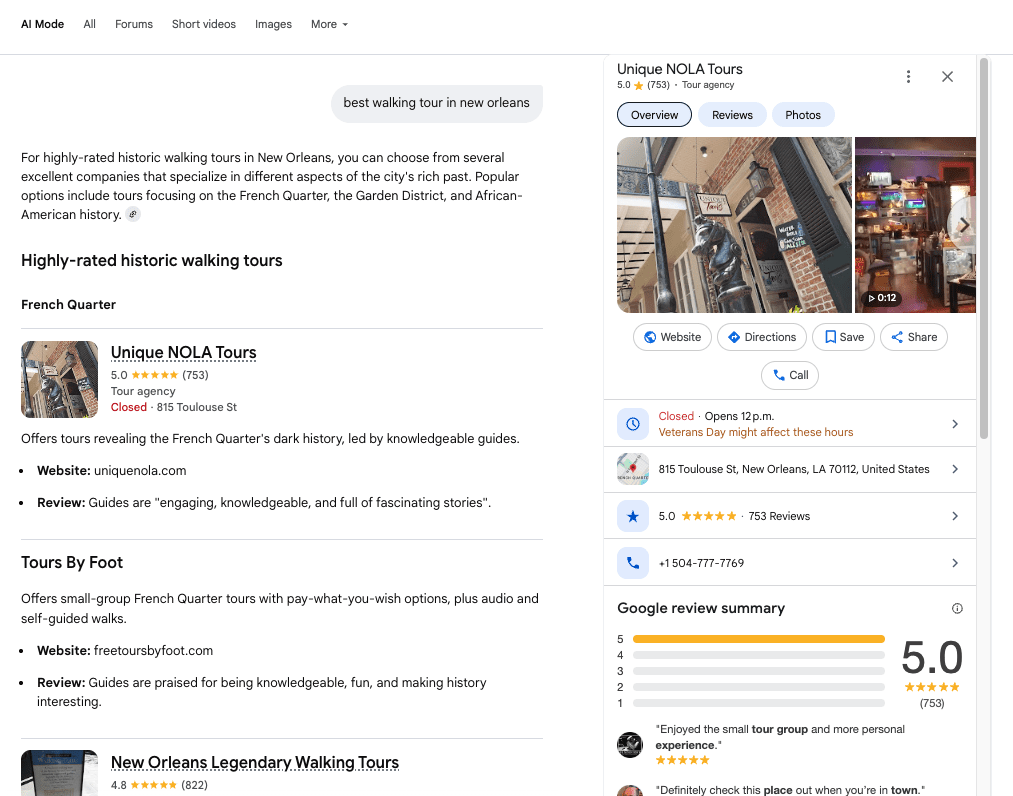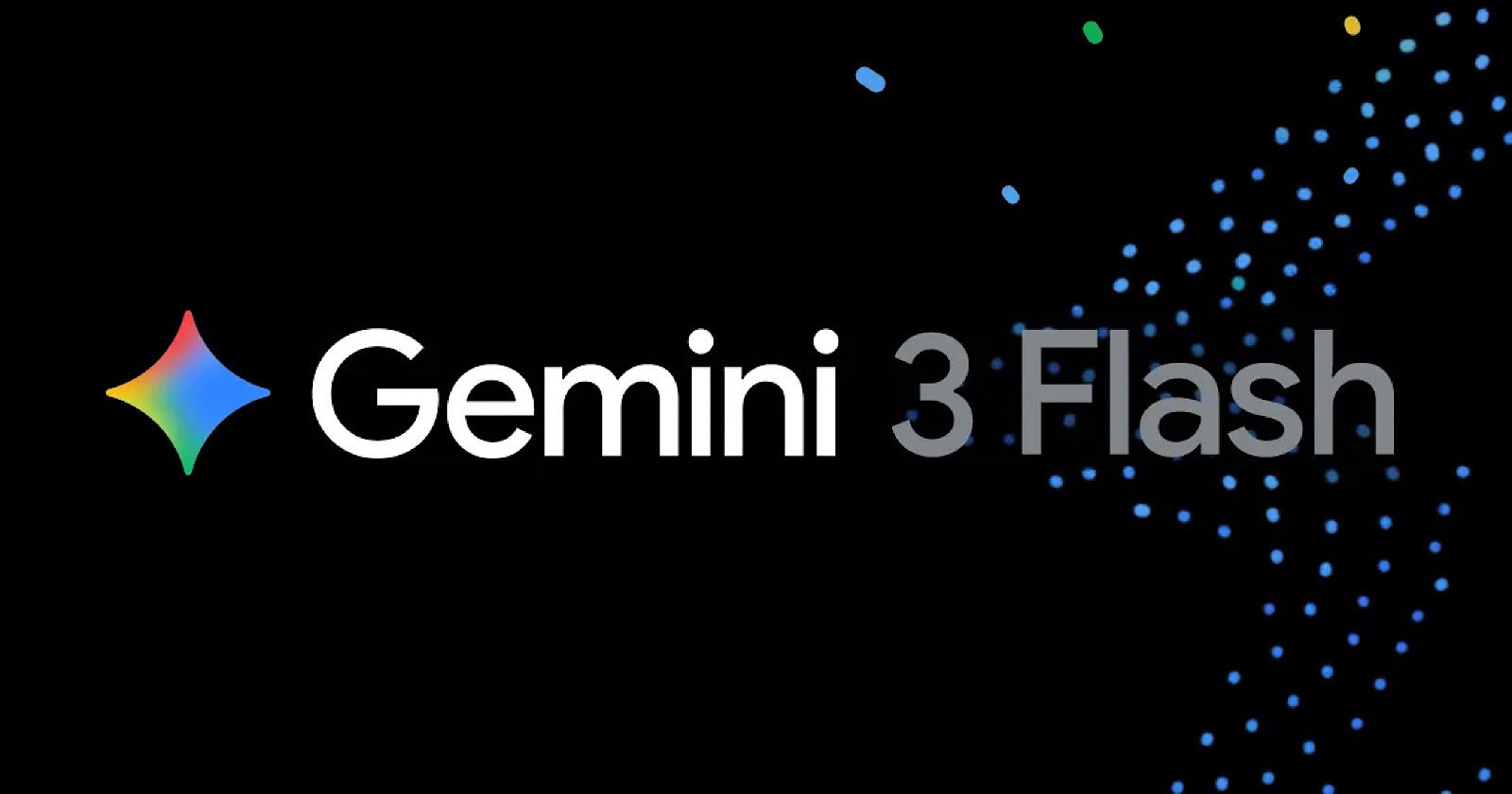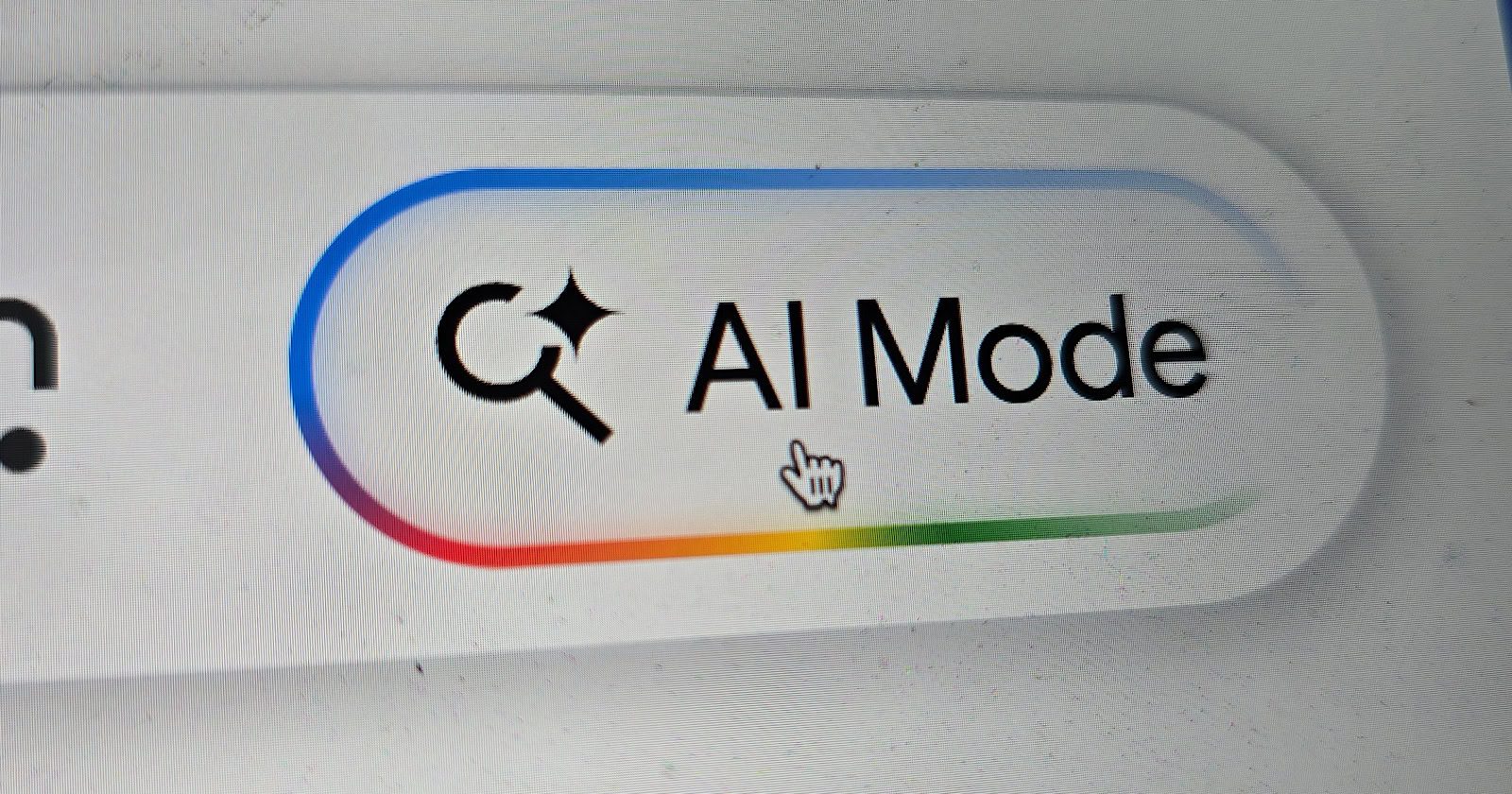Ironman, Not Superman via @sejournal, @DuaneForrester

I recently became frustrated while working with Claude, and it led me to an interesting exchange with the platform, which led me to examining my own expectations, actions, and behavior…and that was eye-opening. The short version is I want to keep thinking of AI as an assistant, like a lab partner. In reality, it needs to be seen as a robot in the lab – capable of impressive things, given the right direction, but only within a solid framework. There are still so many things it’s not capable of, and we, as practitioners, sometimes forget this and make assumptions based on what we wish a platform is capable of, instead of grounding it in the reality of the limits.
And while the limits of AI today are truly impressive, they pale in comparison to what people are capable of. Do we sometimes overlook this difference and ascribe human characteristics to the AI systems? I bet we all have at one point or another. We’ve assumed accuracy and taken direction. We’ve taken for granted “this is obvious” and expected the answer to “include the obvious.” And we’re upset when it fails us.
AI sometimes feels human in how it communicates, yet it does not behave like a human in how it operates. That gap between appearance and reality is where most confusion, frustration, and misuse of large language models actually begins. Research into human computer interaction shows that people naturally anthropomorphize systems that speak, respond socially, or mirror human communication patterns.
This is not a failure of intelligence, curiosity, or intent on the part of users. It is a failure of mental models. People, including highly skilled professionals, often approach AI systems with expectations shaped by how those systems present themselves rather than how they truly work. The result is a steady stream of disappointment that gets misattributed to immature technology, weak prompts, or unreliable models.
The problem is none of those. The problem is expectation.
To understand why, we need to look at two different groups separately. Consumers on one side, and practitioners on the other. They interact with AI differently. They fail differently. But both groups are reacting to the same underlying mismatch between how AI feels and how it actually behaves.
The Consumer Side, Where Perception Dominates
Most consumers encounter AI through conversational interfaces. Chatbots, assistants, and answer engines speak in complete sentences, use polite language, acknowledge nuance, and respond with apparent empathy. This is not accidental. Natural language fluency is the core strength of modern LLMs, and it is the feature users experience first.
When something communicates the way a person does, humans naturally assign it human traits. Understanding. Intent. Memory. Judgment. This tendency is well documented in decades of research on human computer interaction and anthropomorphism. It is not a flaw. It is how people make sense of the world.
From the consumer’s perspective, this mental shortcut usually feels reasonable. They are not trying to operate a system. They are trying to get help, information, or reassurance. When the system performs well, trust increases. When it fails, the reaction is emotional. Confusion. Frustration. A sense of having been misled.
That dynamic matters, especially as AI becomes embedded in everyday products. But it is not where the most consequential failures occur.
Those show up on the practitioner side.
Defining Practitioner Behavior Clearly
A practitioner is not defined by job title or technical depth. A practitioner is defined by accountability.
If you use AI occasionally for curiosity or convenience, you are a consumer. If you use AI repeatedly as part of your job, integrate its output into workflows, and are accountable for downstream outcomes, you are a practitioner.
That includes SEO managers, marketing leaders, content strategists, analysts, product managers, and executives making decisions based on AI-assisted work. Practitioners are not experimenting. They are operationalizing.
And this is where the mental model problem becomes structural.
Practitioners generally do not treat AI like a person in an emotional sense. They do not believe it has feelings or consciousness. Instead, they treat it like a colleague in a workflow sense. Often like a capable junior colleague.
That distinction is subtle, but critical.
Practitioners tend to assume that a sufficiently advanced system will infer intent, maintain continuity, and exercise judgment unless explicitly told otherwise. This assumption is not irrational. It mirrors how human teams work. Experienced professionals regularly rely on shared context, implied priorities, and professional intuition.
But LLMs do not operate that way.
What looks like anthropomorphism in consumer behavior shows up as misplaced delegation in practitioner workflows. Responsibility quietly drifts from the human to the system, not emotionally, but operationally.
You can see this drift in very specific, repeatable patterns.
Practitioners frequently delegate tasks without fully specifying objectives, constraints, or success criteria, assuming the system will infer what matters. They behave as if the model maintains stable memory and ongoing awareness of priorities, even when they know, intellectually, that it does not. They expect the system to take initiative, flag issues, or resolve ambiguities on its own. They overweight fluency and confidence in outputs while under-weighting verification. And over time, they begin to describe outcomes as decisions the system made, rather than choices they approved.
None of this is careless. It is a natural transfer of working habits from human collaboration to system interaction.
The issue is that the system does not own judgment.
Why This Is Not A Tooling Problem
When AI underperforms in professional settings, the instinct is to blame the model, the prompts, or the maturity of the technology. That instinct is understandable, but it misses the core issue.
LLMs are behaving exactly as they were designed to behave. They generate responses based on patterns in data, within constraints, without goals, values, or intent of their own.
They do not know what matters unless you tell them. They do not decide what success looks like. They do not evaluate tradeoffs. They do not own outcomes.
When practitioners assign thinking tasks that still belong to humans, failure is not a surprise. It is inevitable.
This is where thinking of Ironman and Superman becomes useful. Not as pop culture trivia, but as a mental model correction.
Ironman, Superman, And Misplaced Autonomy
Superman operates independently. He perceives the situation, decides what matters, and acts on his own judgment. He stands beside you and saves the day.
That is how many practitioners implicitly expect LLMs to behave inside workflows.
Ironman works differently. The suit amplifies strength, speed, perception, and endurance, but it does nothing without a pilot. It executes within constraints. It surfaces options. It extends capability. It does not choose goals or values.
LLMs are Ironman suits.
They amplify whatever intent, structure, and judgment you bring to them. They do not replace the pilot.
Once you see that distinction clearly, a lot of frustration evaporates. The system stops feeling unreliable and starts behaving predictably, because expectations have shifted to match reality.
Why This Matters For SEO And Marketing Leaders
SEO and marketing leaders already operate inside complex systems. Algorithms, platforms, measurement frameworks, and constraints you do not control are part of daily work. LLMs add another layer to that stack. They do not replace it.
For SEO managers, this means AI can accelerate research, expand content, surface patterns, and assist with analysis, but it cannot decide what authority looks like, how tradeoffs should be made, or what success means for the business. Those remain human responsibilities.
For marketing executives, this means AI adoption is not primarily a tooling decision. It is a responsibility placement decision. Teams that treat LLMs as decision makers introduce risk. Teams that treat them as amplification layers scale more safely and more effectively.
The difference is not sophistication. It is ownership.
The Real Correction
Most advice about using AI focuses on better prompts. Prompting matters, but it is downstream. The real correction is reclaiming ownership of thinking.
Humans must own goals, constraints, priorities, evaluation, and judgment. Systems can handle expansion, synthesis, speed, pattern detection, and drafting.
When that boundary is clear, LLMs become remarkably effective. When it blurs, frustration follows.
The Quiet Advantage
Here is the part that rarely gets said out loud.
Practitioners who internalize this mental model consistently get better results with the same tools everyone else is using. Not because they are smarter or more technical, but because they stop asking the system to be something it is not.
They pilot the suit, and that’s their advantage.
AI is not taking control of your work. You are not being replaced. What is changing is where responsibility lives.
Treat AI like a person, and you will be disappointed. Treat it like a syste,m and you will be limited. Treat it like an Ironman suit, and YOU will be amplified.
The future does not belong to Superman. It belongs to the people who know how to fly the suit.
More Resources:
This post was originally published on Duane Forrester Decodes.
Featured Image: Corona Borealis Studio/Shutterstock









